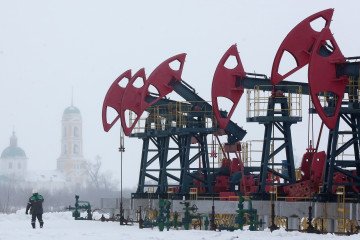- Category
- War in Ukraine
Six Months Later, Ukraine Is Still in Kursk and is Blocking Up to 60,000 Russian Troops
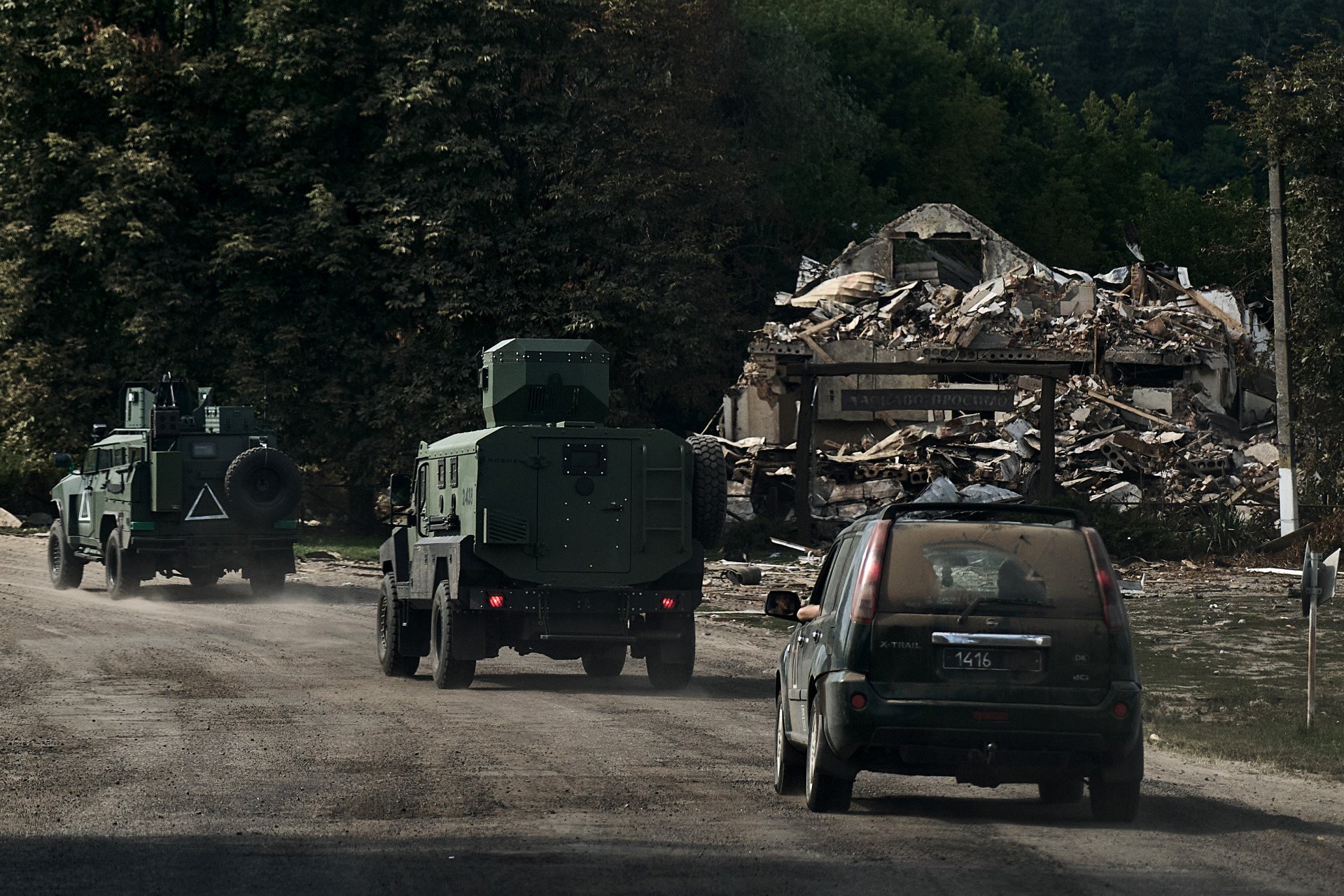
For six months, the Ukrainian Armed Forces have maintained a buffer zone in the Kursk region. Despite superior numbers, Russian forces have been unable to dislodge Ukraine’s military from their own territory.
On the morning of August 6, reports emerged that Ukrainian troops had conducted a sabotage operation in the Kursk region. However, it soon became clear that this was not sabotage but a full-scale offensive. For the first time since the start of the full-scale war, battles moved onto Russian territory, and for the first time since WWII, enemy tanks rolled across Russian soil.
The secrecy of the operation and the element of surprise worked: by the end of August, Ukrainian forces had taken control of over 100 settlements and 1,376 square kilometers of territory. Six months later, they are still there. The controlled area has shrunk, but Ukrainian President Volodymyr Zelenskyy and Commander-in-Chief Oleksandr Syrskyi remain confident: the operation was crucial, necessary, and will play a role in negotiations with Russia.
What is the situation in Kursk now?
According to Zelenskyy, Russia has been forced to divert a significant number of troops to Kursk to contain the Ukrainian offensive. Currently, up to 60,000 Russian troops are stationed there, up from 45,000–55,000 in the fall.
Since the operation began, Russia has lost 39,900 soldiers, with approximately 16,000 killed and the rest wounded. By early November, the number was 21,000. More than 1,000 Russian troops have been captured.
Equipment losses include:
Nearly 1,000 tanks, armored vehicles, and artillery systems.
Over 1,100 military transport vehicles.
Ukraine still controls nearly half of the territory seized in the first weeks of the operation. Despite constant Russian assaults, their progress has been slow. Meanwhile, Russian forces are devastating their own cities, bombing Sudzha and other towns in the Kursk region.
The North Korean Factor
North Korea has joined Russia’s war against Ukraine, sending troops to fight alongside Russian forces. Estimates suggest this contingent may number up to 13,000 soldiers.
Ukraine reports that North Korean forces have suffered 4,000 casualties. US intelligence suggests that up to 50% of them are either killed or wounded, as North Korean troops are poorly trained and ill-prepared for modern warfare involving drones and advanced weaponry.
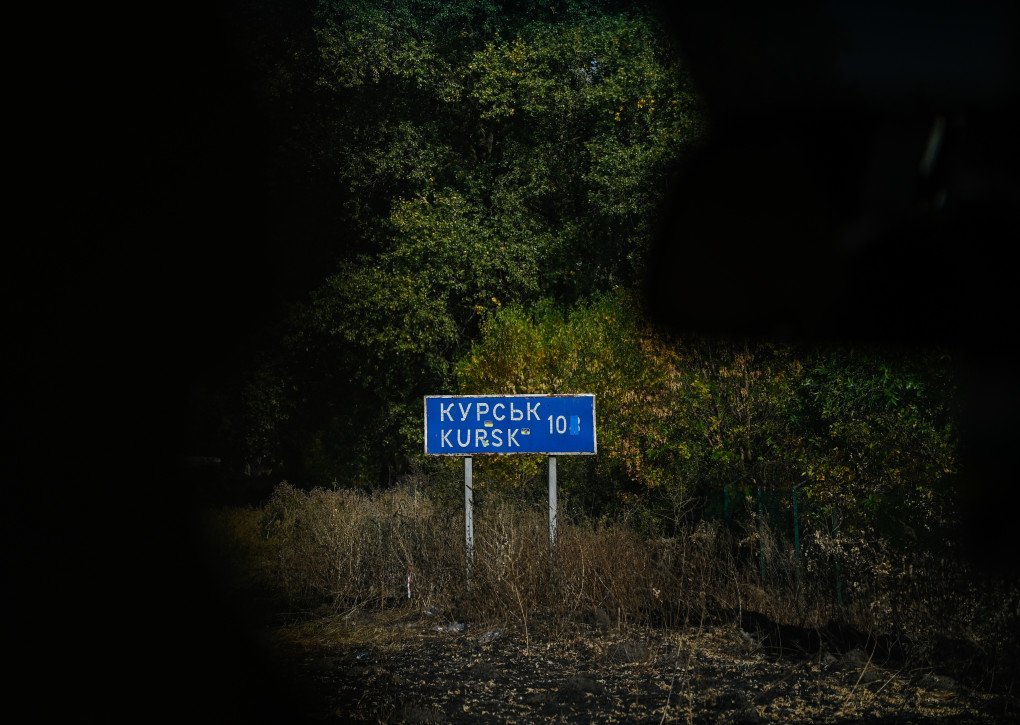
As of this report, South Korean intelligence indicates that Pyongyang has ordered a retreat, but according to Ukrainian intelligence chief Kyrylo Budanov, North Korean forces have only scaled back their offensive rather than fully withdrawing. Meanwhile, reports from North Korea suggest that families of soldiers are desperately trying to prevent their relatives from being sent to Russia, bribing doctors and officials to avoid deployment.
In a previous interview with Lex Fridman, President Zelensky stated that he does not rule out the possibility of North Korea increasing its troop deployment to 30,000–40,000 soldiers.
Beyond manpower, North Korea is also supplying Russia with artillery shells, mortar rounds, ballistic missiles, ammunition, and other military aid.
Why was the Kursk operation necessary?
According to both President Zelenskyy and Commander-in-Chief Syrskyi, the Kursk operation had several objectives. One of the most important was preventing Russia from launching an offensive into the Sumy region.
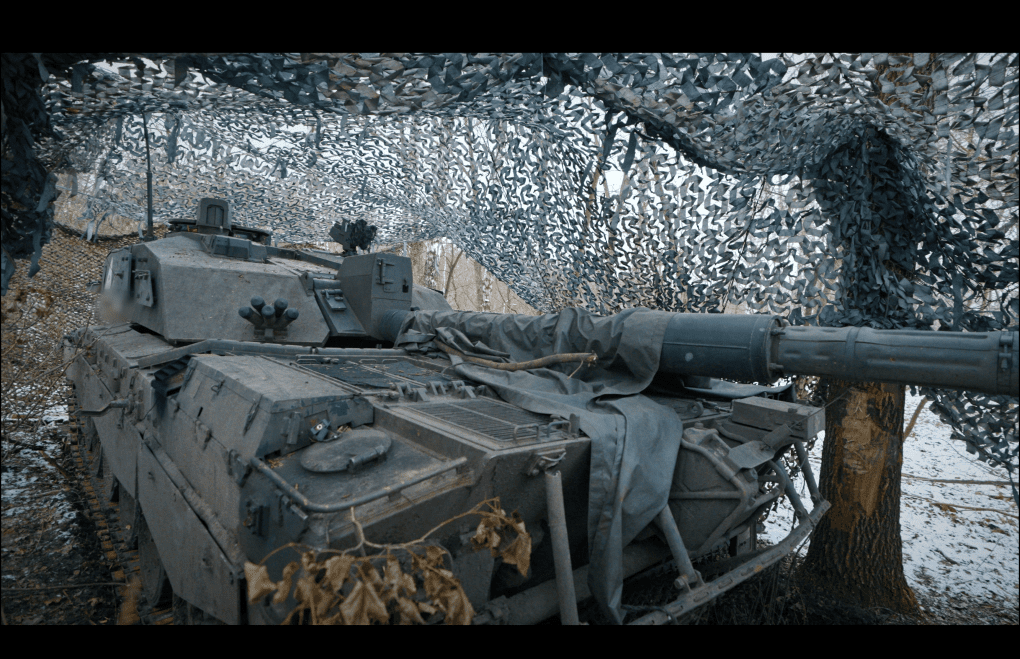
In May 2024, Russia opened a new front in the Kharkiv region and advanced several kilometers, completely destroying the city of Vovchansk. Had they pushed deeper, they could have placed Kharkiv under direct artillery threat. A similar offensive was being planned for Sumy.
The strike on Kursk was a preemptive move. By establishing a buffer zone, Ukraine has significantly reduced artillery attacks on Sumy and surrounding towns, and the planned Russian offensive has been entirely disrupted. This swift and unexpected operation also boosted the morale of Ukrainian forces and demonstrated their ability to conduct bold, unconventional maneuvers. As Zelensky noted, Kursk should also become a key topic in negotiations with the Kremlin.
The Ukrainian operation on Russian territory continues.
-29a1a43aba23f9bb779a1ac8b98d2121.jpeg)
-6359eca46c72bde40a90abaaadd6eaa8.png)
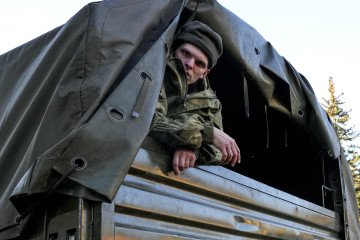
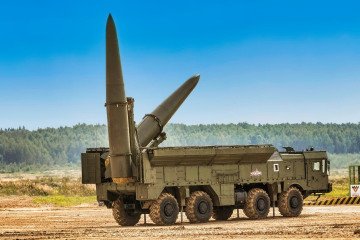
-206008aed5f329e86c52788e3e423f23.jpg)
